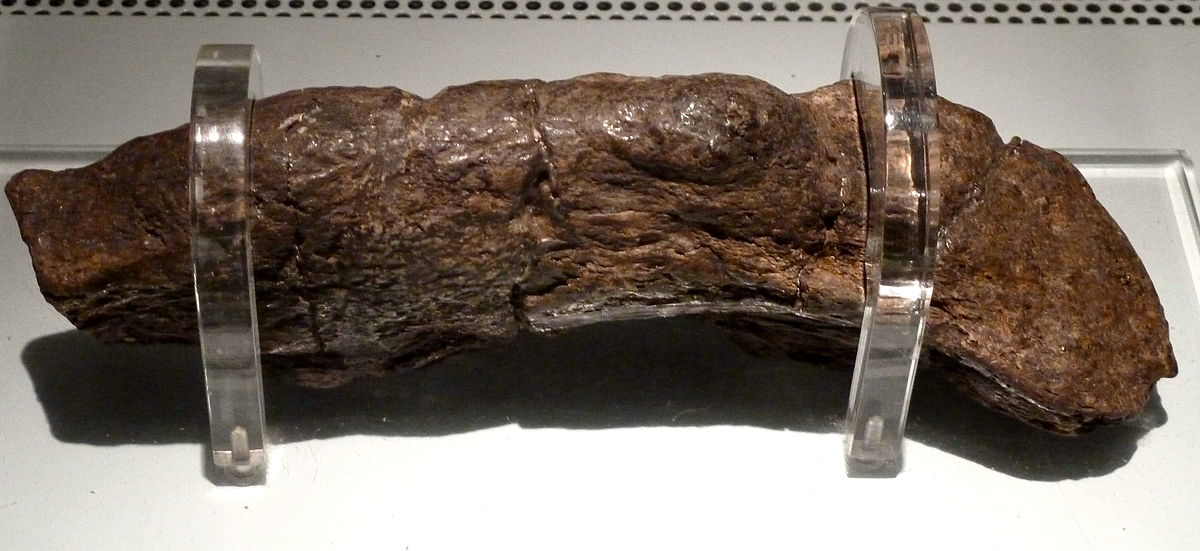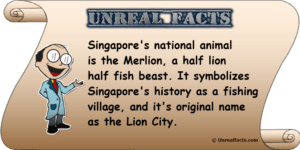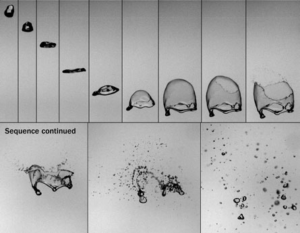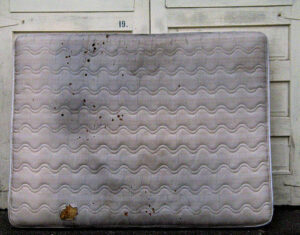
Ladies and gentlemen, gather round! It’s time to talk about one of the most exciting finds in modern history – the Lloyds Bank Coprolite. That’s right, coprolite – aka fossilized poop. You might think that’s gross, but trust me, it’s fascinating. So buckle up and get ready to learn some Lloyds Bank Coprolite facts that will blow your mind (or at least make you chuckle).
First things first, let’s talk about what coprolite actually is. Coprolite is fossilized animal feces that has been mineralized over time. This process preserves the shape and composition of the poop, allowing scientists to study it and learn about the animal’s diet, behavior, and environment. In the case of the Lloyds Bank Coprolite, we’re talking about fossilized human poop. That’s right – someone went to the bathroom a long time ago and we’re still talking about it today.
So how did the Lloyds Bank Coprolite end up in a bank, you ask? Well, it all started back in the 1800s when a woman named Mary Anning was scouring the beaches of England in search of fossils. Anning was a pioneer in the field of paleontology and is credited with discovering many important fossils, including the first complete Ichthyosaur skeleton. But it wasn’t just big-ticket items that caught her eye – Anning was also interested in coprolite. At the time, coprolite was used as a fertilizer and was in high demand. Anning would collect the coprolite and sell it to local farmers.
Fast forward to the 1980s when a Lloyds Bank branch in the town of Ipswich, England was undergoing renovations. During the construction, workers stumbled upon a large lump of coprolite buried deep in the ground. At first, they had no idea what it was, but they knew it was something special. They contacted a local paleontologist named Brian Gardiner, who identified it as a piece of fossilized human poop.
Now, you might be wondering why a piece of poop would be so exciting. Well, the Lloyds Bank Coprolite is not just any old piece of poop – it’s one of the largest pieces of fossilized human poop ever found. It measures 20 inches long and 2 inches in diameter. That’s one impressive bowel movement!
But the size of the poop is not the only thing that makes it interesting. Scientists have studied the Lloyds Bank Coprolite and have discovered some surprising facts about its owner. For starters, the poop is estimated to be around 200 years old, which means it was likely deposited in the early 19th century. This was a time when the Industrial Revolution was in full swing and the population of England was booming. The Lloyds Bank Coprolite provides a rare glimpse into the diet and health of an ordinary person living in this time period.
So what did the owner of the Lloyds Bank Coprolite eat? According to scientists, the poop contains evidence of a diet that was high in meat and bread. They also found traces of vegetables and fruits, which suggests that the person was trying to eat a balanced diet. But the real kicker? The Lloyds Bank Coprolite contains evidence of a parasite that is commonly associated with eating undercooked pork. That’s right – our poop hero may have had a case of trichinosis.
Now, I know what you’re thinking – why on earth would anyone want to study fossilized poop? Well, coprolite is actually a valuable tool for scientists. By analyzing the composition of the poop, they can learn about the animal’s diet and behavior. In the case of the Lloyds Bank Coprolite, scientists have been able to gain insights into the diet and health of people living in the early 19th century. This information can be used to understand how our diets have changed over time and how it has impacted our health.
But the Lloyds Bank Coprolite isn’t just important for scientific research – it’s also a cultural phenomenon. Since its discovery, the poop has become a popular attraction at the Ipswich Museum, where it is on display for visitors to see. People from all over the world have come to marvel at the size and age of the poop, and it has even spawned its own merchandise. That’s right – you can now buy a Lloyds Bank Coprolite keychain or fridge magnet. Because who wouldn’t want a piece of fossilized poop on their fridge?
So there you have it, folks – some fun Lloyds Bank Coprolite facts to impress your friends with. Who knew that a piece of poop could be so interesting? Whether you’re a paleontologist, a history buff, or just someone with a sense of humor, the Lloyds Bank Coprolite is a fascinating piece of our past. So the next time you’re in Ipswich, be sure to stop by the museum and say hello to our fecal friend. And don’t forget to pick up a souvenir!
Sources:
- “Fossilised faeces ‘turd’ found in Ipswich bank excavation,” BBC News, https://www.bbc.com/news/uk-england-suffolk-16849638
- “The Ipswich Turd: a 200-year-old sample of fossilised faeces,” Heritage Calling, https://heritagecalling.com/2016/06/16/the-ipswich-turd-a-200-year-old-sample-of-fossilised-faeces/
- “Fossilised Feces Reveal 200-Year-Old Parasite Outbreak,” Live Science, https://www.livescience.com/60698-fossilized-feces-parasite-outbreak.html
- “The Lloyds Bank Coprolite: An Unusual Museum Exhibit,” Atlas Obscura, https://www.atlasobscura.com/places/lloyds-bank-coprolite
- “The Lloyds Bank Coprolite,” Ipswich Museum, https://ipswich.cimuseums.org.uk/the-lloyds-bank-coprolite/







